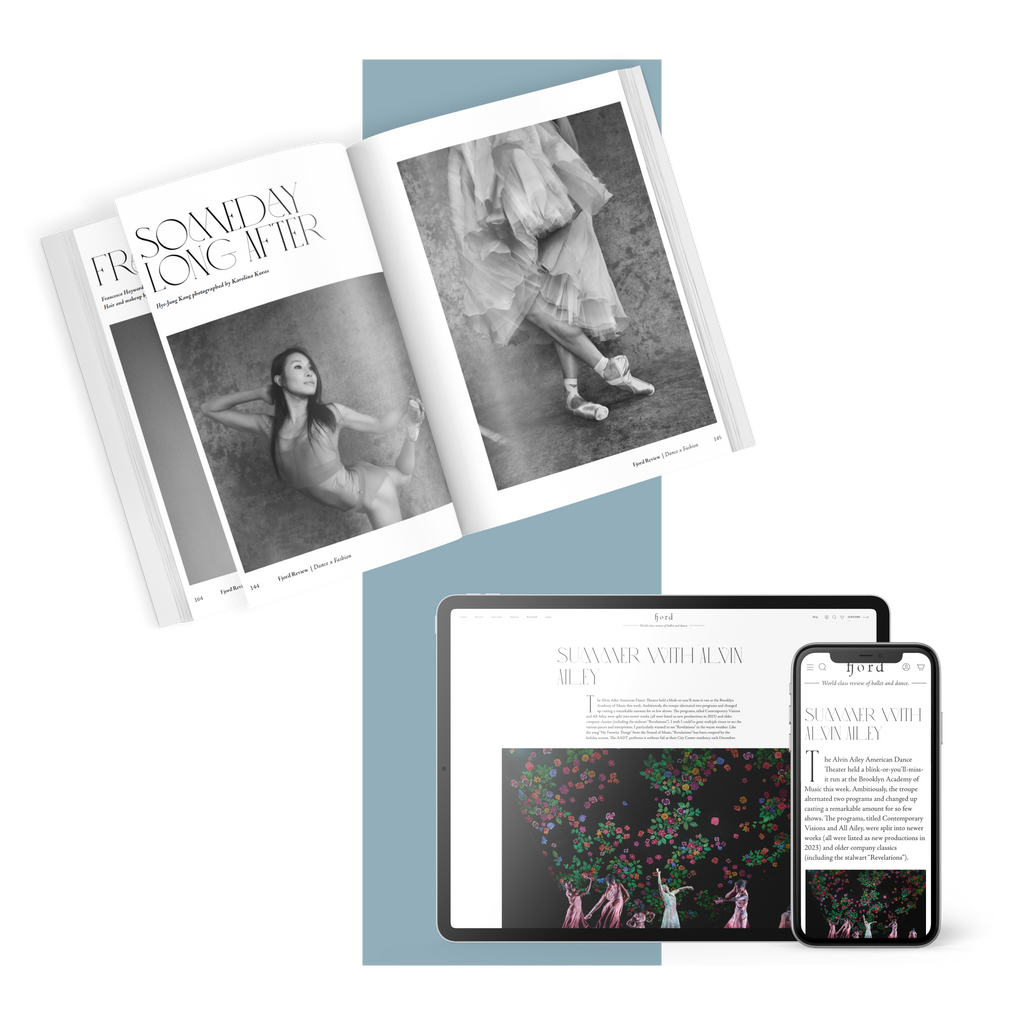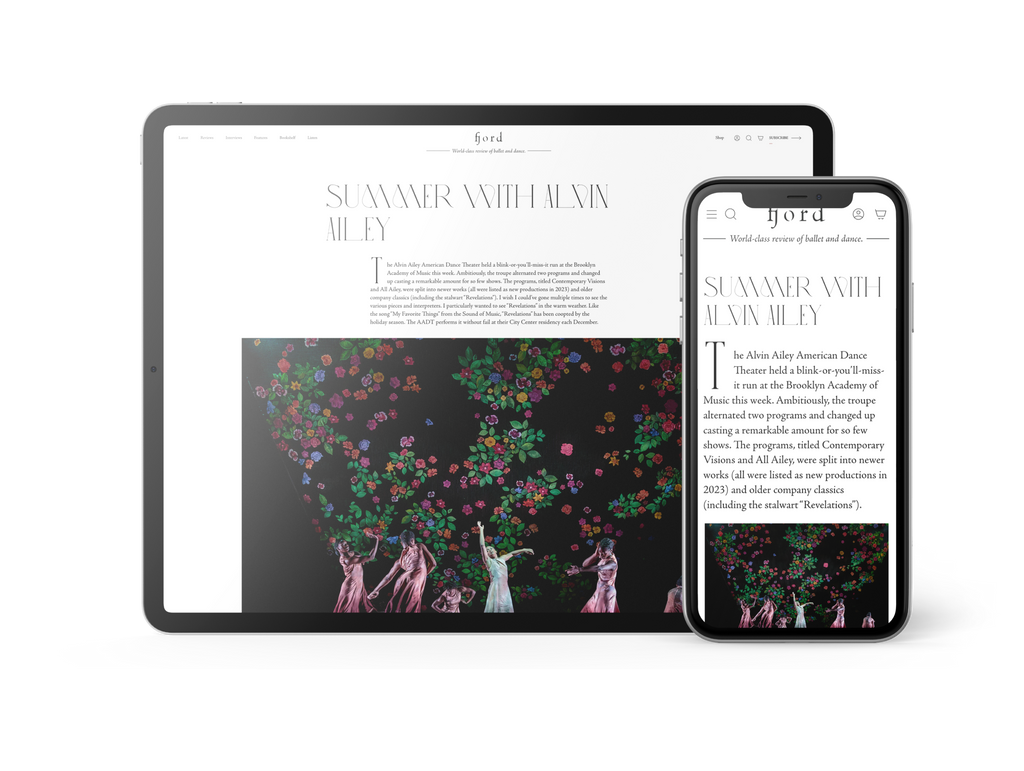Talent Time
It’s “Nutcracker” season at San Francisco Ballet—36 performances packed into three weeks—which means that the company is currently serving two distinct audiences.
Continue Reading
World-class review of ballet and dance.
Australasian Dance Collective revived their sold-out production of “Aftermath” for Brisbane Festival—the city’s annual multi-arts festival that runs for the month of September. Created by Amy Hollingsworth and Jack Lister, the production was a collaboration performed by the company to the score composed by vocalist and songwriter Danny Harley of the Kite String Tangle. One part electric-synth concert, two parts sensory exploration, “Aftermath” hooked the audience from the first explosion of light and didn’t let go until it had said all it needed to say.
Performance
Place
Words

Australasian Dance Collective in “Aftermath.” Photograph by David Kelly


“Uncommonly intelligent, substantial coverage.”
Your weekly source for world-class dance reviews, interviews, articles, and more.
Already a paid subscriber? Login
It’s “Nutcracker” season at San Francisco Ballet—36 performances packed into three weeks—which means that the company is currently serving two distinct audiences.
Continue ReadingLast week I caught up with choreographer Pam Tanowitz and Opera Philadelphia’s current general director and president, countertenor Anthony Roth Costanzo to talk about “The Seasons,” the company’s latest production premiering at the Kimmel Center’s 600-plus seat Perelman Theater on December 19.
Continue ReadingIf Notre-Dame remains one of the enduring symbols of Paris, standing at the city’s heart in all its beauty, much of the credit belongs to Victor Hugo.
Continue ReadingWhen dancer and choreographer Marla Phelan was a kid, she wanted to be an astronaut. “I always loved science and astronomy,” Phelan said.
Continue Reading
comments